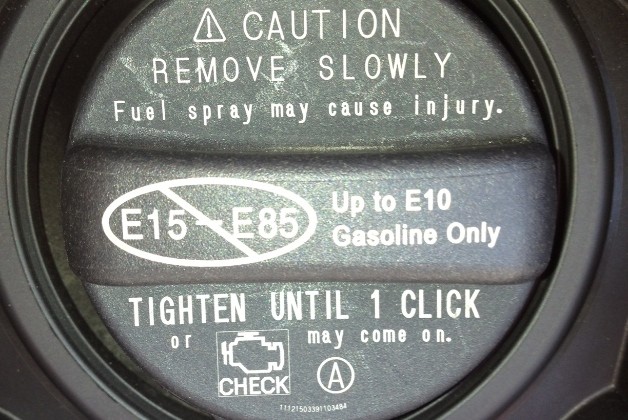For many years, most of the fuel we’ve been burning in our automobiles has included 10% ethanol to reduce the amount of petroleum consumed in the United States.
This fuel mixture is known as E10, and odds are you are using it in your vehicle right now. Unsurprisingly, green advocates in Washington and at the EPA recently stepped up their campaign to promote a fuel mixture with even higher levels of ethanol under the banner of E15.

The goal of including an additional 5% ethanol? To reduce our dependence on foreign oil even further.
While the use of E15 may sound positive on a superficial level, many who oppose the plan believe adding yet another type of fuel at the pump will confuse consumers and could lead to millions of dollars in damage to engine components.
There’s even dissension in Washington on whether or not E15 is a good idea. The Republican-led US House of Representatives has threatened to block the EPA from forcing E15 on American consumers over concerns of potential damage to automobiles. However, this hasn’t stopped the EPA from clearing any hurdles on its end to push E15 into pumps at your local station.
Indeed, the EPA announced this week it had approved the first applications to make E15 fuel, granting retailers the green light to start selling E15 at the pump. Of course, this doesn’t mean you can head out to your local gas station right now and buy E15, as it will take a while for the fuel to be mixed and sent to market.
According to the EPA, any vehicle made after 2001 is compatible with E15. The problem? Many automakers believe E15 could damage vehicle engines – possibly leading to millions of dollars in repairs around the country. There are also fears consumers could become confused with additional fuel grades at the pump and put E15 into tanks for vehicles that aren’t approved to run on the new mixture.
In addition, there are concerns over the use of E15 in combustion engines not meant for the roads. For example, the Outdoor Power Equipment Institute recently issued a statement terming E15 “dangerous,” noting that the use of the fuel in non-road going engines such as generators, chainsaws, utility vehicles, lawnmowers, boats, and other marine engines could destroy or damage the devices. According to the OPEI, the new E15 fuel mix is even dangerous for ATVs and motorcycles.
“For the first time in American history, fuel used for some automobiles may no longer safe for any non-road products. It may, in fact, destroy or damage generators, chain saws, utility vehicles, lawn mowers, boats and marine engines, snowmobiles, motorcycles, ATVs, and more,” said Kris Kiser, President and CEO of the Outdoor Power Equipment Institute, one of the industry groups which have been sending warnings to the federal government about E15.
Kiser added, “EPA purports to educate tens of millions of Americans using hundreds of millions of engine products, asserting it will educate these users with a 3 inch by 3 inch pump label. It’s frighteningly inadequate.”






